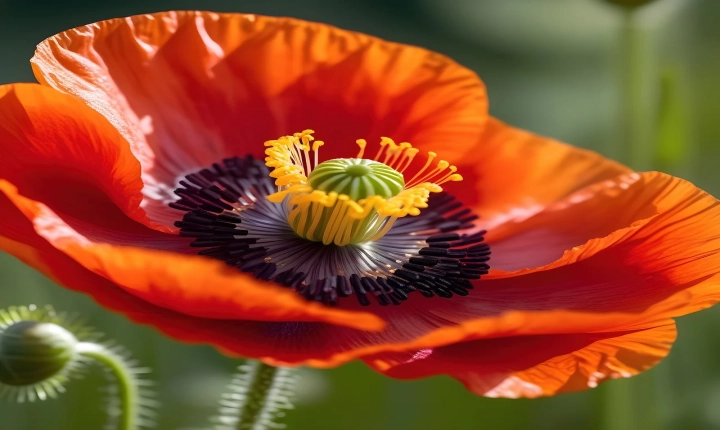How to Write a Story in ChatGPT
With the ever-increasing popularity of AI-driven content creation, writing a story in ChatGPT has become an exciting and accessible avenue for aspiring writers and storytellers. ChatGPT, powered by OpenAI’s GPT-3, is a language model that can generate human-like text based on the input it receives. Writing a story in ChatGPT can be a rewarding experience, but it also comes with its own set of challenges and considerations. Here are some tips on how to write a compelling story in ChatGPT.
Understand the capabilities and limitations of ChatGPT
Before delving into writing a story in ChatGPT, it’s important to understand the capabilities and limitations of the language model. While ChatGPT is capable of generating coherent and contextually relevant text, it may struggle with maintaining a consistent plot or character development over long passages. Keep in mind that ChatGPT tends to excel at short, self-contained segments of text, so consider breaking down your story into smaller parts.
Develop a clear outline
Just like any other writing project, having a clear outline is crucial when writing a story in ChatGPT. Map out the key plot points, character arcs, and setting details before you begin writing. This will help you stay focused and guide ChatGPT in generating text that aligns with your intended narrative.
Guide ChatGPT with specific prompts
ChatGPT responds best to specific and detailed prompts. Instead of simply asking it to “write a story,” provide it with specific instructions and constraints. For example, you could ask it to write a short story about a character facing a moral dilemma or set in a futuristic world. By giving ChatGPT clear direction, you can influence the tone, style, and content of the story it generates.
Provide feedback and guidance
As you interact with ChatGPT and receive responses, provide feedback and guidance to steer the story in the desired direction. If the text veers off course or introduces inconsistencies, gently guide ChatGPT back on track by refining your prompts or offering clarifications. This iterative process can help shape the narrative and ensure that the story aligns with your vision.
Maintain creative control
While ChatGPT can serve as a valuable tool for generating story ideas and content, it’s important to maintain creative control over the overall storytelling process. Use ChatGPT as a collaborative writing partner rather than a replacement for your creative input. Inject your own ideas, style, and voice into the story to create a cohesive and unique narrative.
Edit and refine the generated text
After receiving text from ChatGPT, take the time to edit and refine the content to align with your storytelling goals. This may involve restructuring sentences, adding descriptive details, or adjusting the pacing of the narrative. By polishing the generated text, you can elevate the quality of the story and give it a more cohesive and professional touch.
In conclusion, writing a story in ChatGPT can be an intriguing and innovative approach to storytelling. By understanding the capabilities of the language model, providing clear prompts, guiding the narrative, and maintaining creative control, writers can leverage ChatGPT to generate compelling stories. With the right approach and creative input, ChatGPT can serve as a valuable writing tool for authors, content creators, and storytellers looking to explore new avenues of storytelling.
